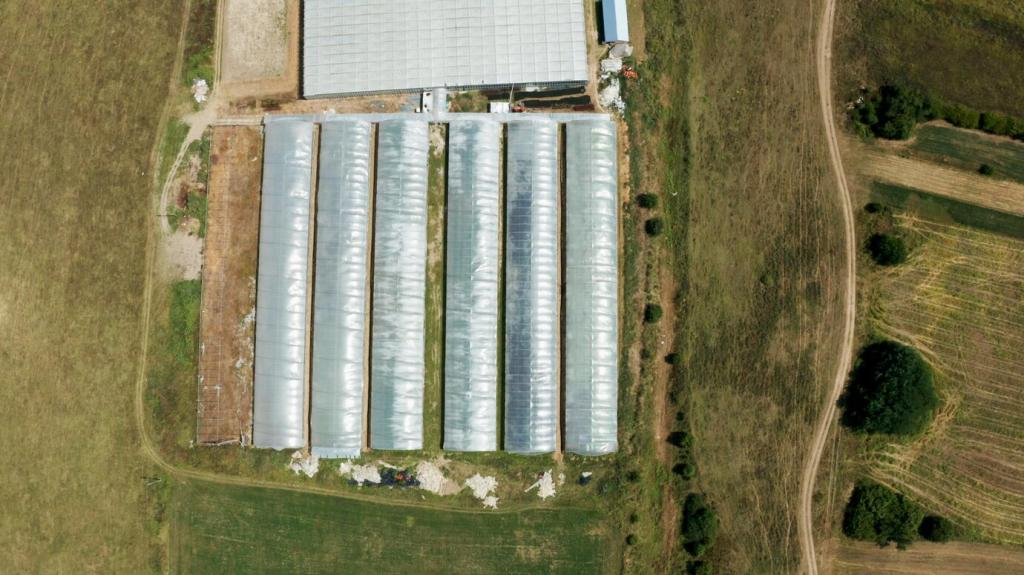Why Sustainable Sourcing Matters Now
Switching to recycled or certified inputs can significantly reduce energy and emissions. Recycled aluminum, for example, often requires far less energy than primary production. Share your own material swaps below—what worked, what didn’t, and what you’d try next.
Why Sustainable Sourcing Matters Now
Diversifying suppliers and locking in standards builds resilience when prices spike or logistics falter. Sustainable sources often come with better data, enabling faster decisions. Tell us how your team managed a material crunch and what surprised you most.
Why Sustainable Sourcing Matters Now
Customers and employees expect transparency. Documented, sustainable sourcing earns credibility that marketing alone cannot buy. We’ve seen engineers light up when specs align with their values. Comment if purpose-driven procurement helped you recruit or retain key talent.









